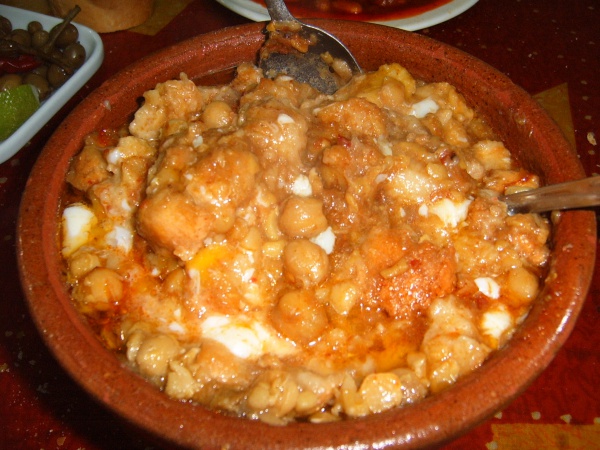Facts About Tunisian cuisine
Tunisian cuisine is a delectable amalgamation of Mediterranean and Berber culinary traditions, influenced by the myriad civilizations that have left their mark on Tunisia over the centuries. Known for its bold flavors and liberal use of olive oil, spices, tomatoes, seafood, and meats, Tunisian cuisine is a true culinary adventure.
The roots of Tunisian cuisine date back to ancient Carthage, enriched by Roman, Islamic, and Ottoman influences that add depth and variety. More recent contributions from French and Italian culinary traditions have further enhanced Tunisian dishes.
A standout ingredient in Tunisian cooking is harissa, a spicy paste made from chili peppers and spices. The Tunisian pantry is also stocked with an array of meats, fresh seafood, fruits, vegetables, nuts, and a variety of spices. The cuisine is rich in sauces and condiments, with harissa being a staple. Additional regional sauces, like Kerkennaise and Mloukhia, contribute to the diverse flavor profile.
The cuisine varies by region, influenced by geography, religious practices, and local traditions. Coastal areas, with their abundant fishing ports, prominently feature seafood in their dishes.
Some must-try Tunisian dishes include couscous, tajine, and a variety of meat and seafood preparations. The cuisine also boasts a delightful array of sweets and pastries. Traditional sauces play a crucial role in many recipes, often beginning with a base of olive oil.

 Algeria
Algeria